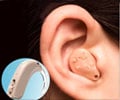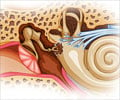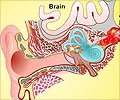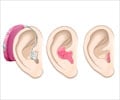The Neanderthals (Homo neanderthalensis) inhabited Europe and parts of western Asia between 230,000 and 28,000 years ago.
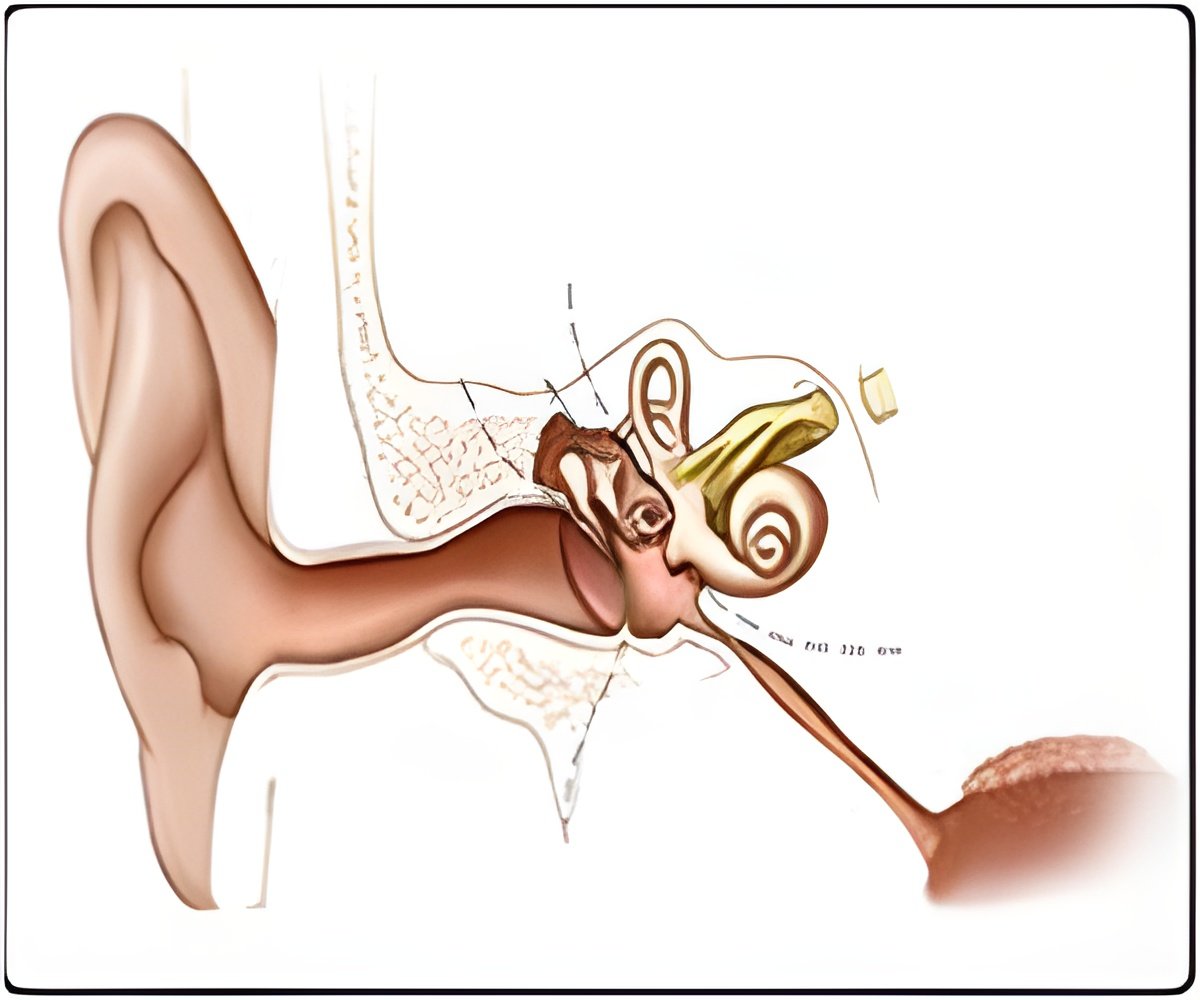
Among the remains discovered at La Ferrassie is the skeleton of a 2-year-old Neanderthal child found between 1970 and 1973 and baptised La Ferrassie 8; over 40 years since its discovery it has turned out to be useful in shedding new light on the anatomy of this extinct species.
The study began by reviewing the collections at the Museum National d’Histoire Naturelle in Paris and at the Museo d’Archeologie national de St. Germain-en-Laye linked to the excavations at La Ferrassie in 1970 and 1973; it was there that 47 new fossils belonging to La Ferrassie 8, which complete its skeleton further, were recovered. Remains of a skull, jaw, vertebrae, ribs and hand phalanges were found among the new fossils.
Featuring among the remains is a very complete left temporal bone and an auditory ossicle was found inside it: a complete stapes. Virtual 3D reconstruction techniques enabled this ossicle to be "extracted virtually" and studied.
This stapes was the most complete one in the Neanderthal record and certifies that there are morphological differences between our species and the Neanderthals even in the smallest ossicles in the human body.
The study is published in Human Evolution.
 MEDINDIA
MEDINDIA




 Email
Email

